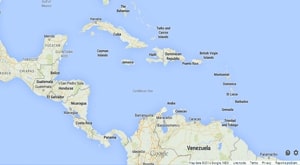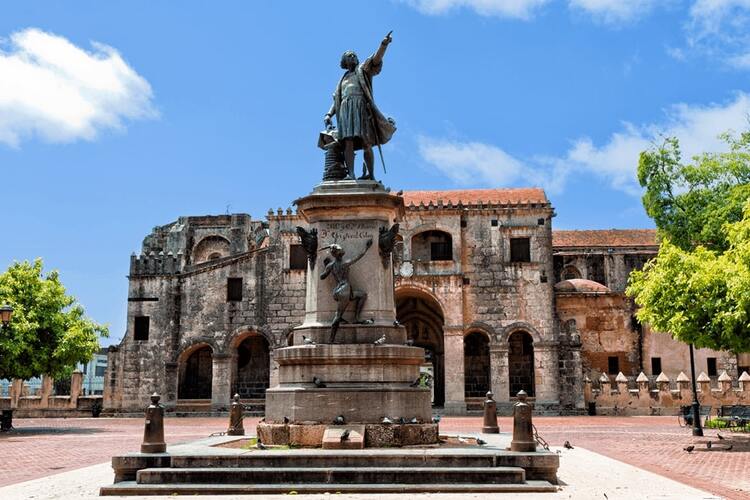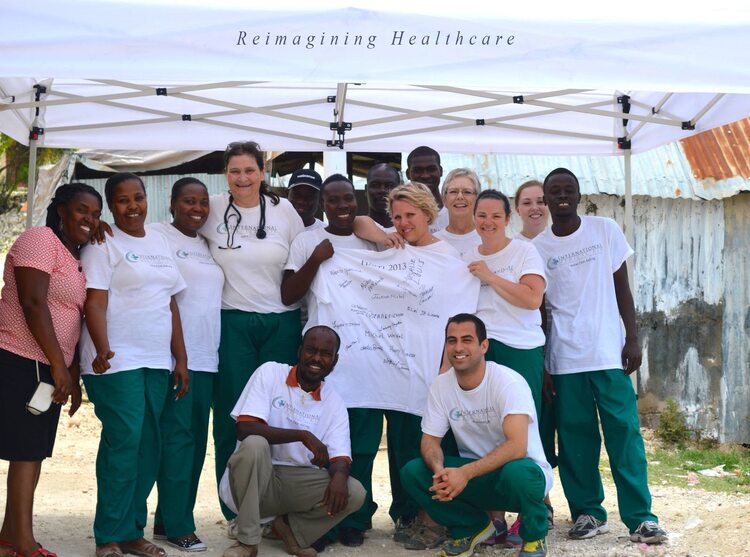Global Initiatives - Haiti
haiti
The Caribbean is a diverse region consisting of several hundred islands with differing economic and political systems. Among these islands, Haiti is situated between Cuba and Puerto Rico. Founded in the 18th century following a slave revolt, Haiti declared its independence in 1804 and became the first post-colonial black-led nation in the world. Haiti is currently the poorest country in the Western Hemisphere and continues to be plagued by social and political instability.
In January 2010, a 7.0-magnitude earthquake struck the island nation, claiming the lives of at least 250,000 people and leaving an additional 1.65 million people homeless according to the United Nations. Considerable global attention and funds were directed to Haiti in the days and months after this earthquake. Since then, however, Haiti has received much less media attention despite a continuing need in the country.
Today, Haiti remains among the poorest countries in the world with a gross national income (GNI) per capita of $760 compared to $52,340 in the United States. Major infrastructure deficits, poor nutrition and inadequate health services have further deteriorated conditions in this country. Malnutrition combined with a high incidence of infectious diseases and a fundamental lack of access to healthcare services have led to thousands of preventable deaths a year.
Approach
Key Facts

Total Population (2012)
10,174,000
Population under 15 (2012)
30%
Population distribution urban (2012)
55%
Life expectancy at birth (2012)
Male
73
Female
79
Maternal mortality ratio per 100,000 live births (2012)
420
Under 5 mortality rate per 1000 live births (2012)
76
Total expenditure on health as % of GDP (2010)
6.4 %
General government expenditure on health as % of general expenditure (2012)
5.5 %
Gross Domestic Product (GDP) per capita (USD) (2012)
$8,510
Human Development Index rank out of 186 countries (2012)
161
Adult (15+) literacy rate (2012)
48.7 %
Sources:
World Health Statistics, 2013
World Bank, 2012


